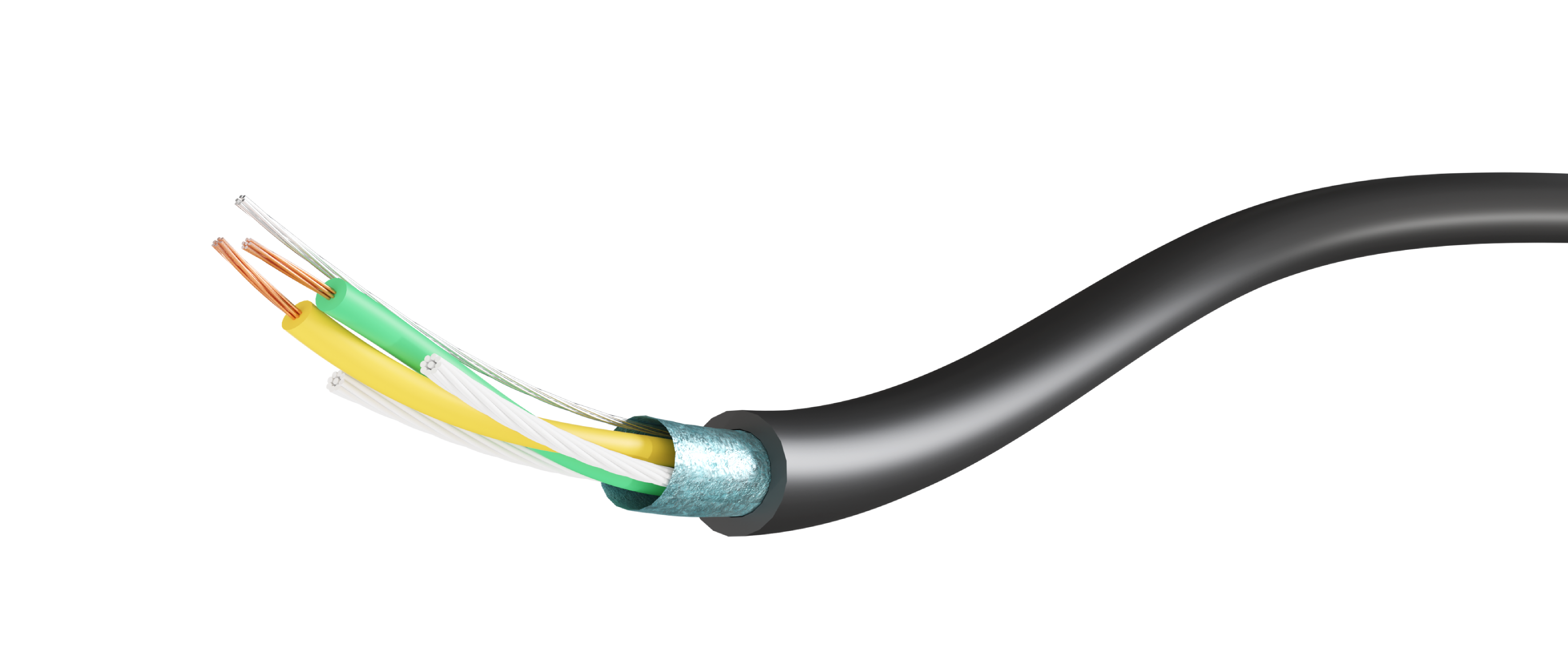
Operating Temperature: -55°C to +125°C
Operating Voltage: 300V
Insulation: CASFOAM® irradiation cross-linked material
Approval: SAE J1939/11

Operating Temperature: -55°C to +150°C
Operating Voltage: 300V
Insulation: CASFOAM® irradiation cross-linked material
Approval: SAE J1939/11
The SAE J1939/11 CAN-Bus cable is specifically designed to support high-speed communication in heavy-duty vehicles, industrial automation, and agricultural equipment. As part of the SAE J1939 family of standards, it plays a critical role in providing robust and reliable connectivity for Controller Area Network (CAN) systems. This introduction highlights its advantages, key characteristics, applications, and the difference between SAE J1939/11 and J1939/15.
SAE J1939/11 CAN-Bus cables are engineered for demanding applications, offering the following characteristics:
Enhanced EMI Protection:
Shielded twisted-pair construction minimizes electromagnetic interference and ensures signal integrity.
Durability:
Designed to withstand extreme environments, including high temperatures, oil, moisture, and vibration.
High-Speed Communication:
Provides reliable data transmission up to 250 kbps for real-time communication between electronic control units (ECUs).
Customizable Design:
Available with various insulation and jacket materials to suit specific application needs.
This cable is the preferred choice for applications where durability and reliability are paramount, such as:
Heavy-Duty Vehicles:
Trucks, buses, and off-highway vehicles for engine management, diagnostics, and communication between ECUs.
Agricultural and Construction Equipment:
Used in tractors, harvesters, and excavators for sensor-actuator networks and process control.
Industrial Automation:
Ensures seamless communication in machinery and control systems.
Marine Applications:
Reliable for navigation and engine management in boats and ships.